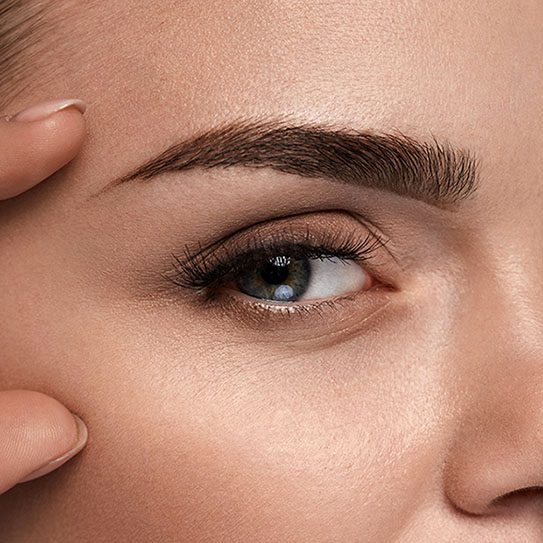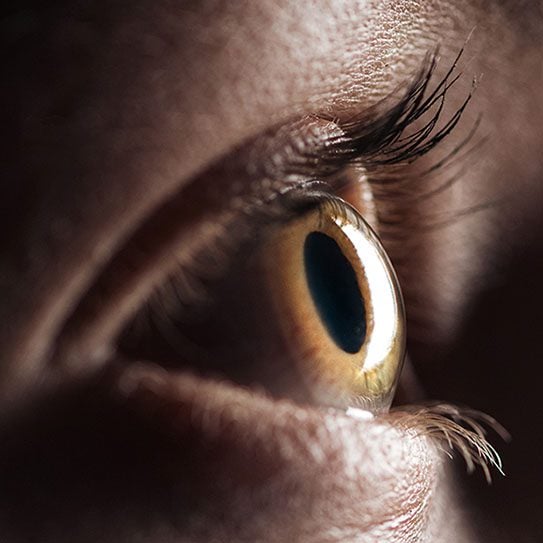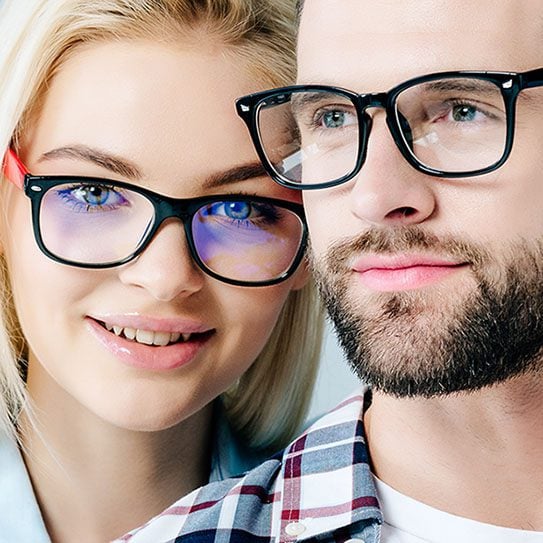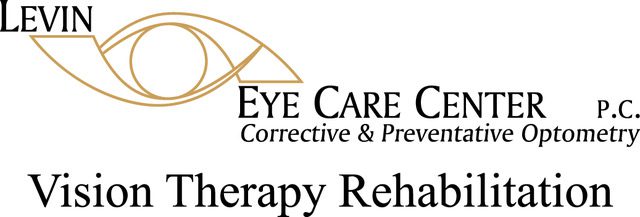
Do Your Glasses Complement Your Face?
Choosing the right pair of eyeglass frames isn’t just about correcting your vision.
May 21, 2025
No Comments

Levin Eye Care Center named 2025 Best Vision Care in Northwest Indiana
We’re proud to share that Levin Eye Care Center has been named the 2025 Best Vision Care Provider in Northwest Indiana by readers of The Times of Northwest Indiana in this
May 19, 2025
No Comments

The Critical Function of Eyebrows and Eyelashes
We often think of eyebrows and eyelashes as features that enhance our appearance.
May 14, 2025
No Comments

Going Out? Don’t Forget Your Sunglasses!
Sunglasses are more than just a fashion statement, they’re essential protection for your eyes.
May 8, 2025
No Comments

An Inside Look at the Human Eye
How much do you remember about eye anatomy from biology class?
April 30, 2025
No Comments

Men and Women Face Different Eye Issues
When it comes to eye health, men and women are not affected equally.
April 23, 2025
No Comments
